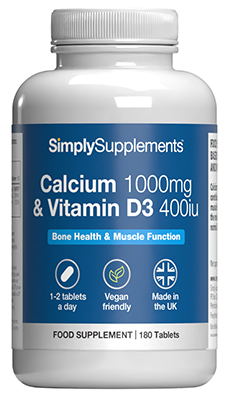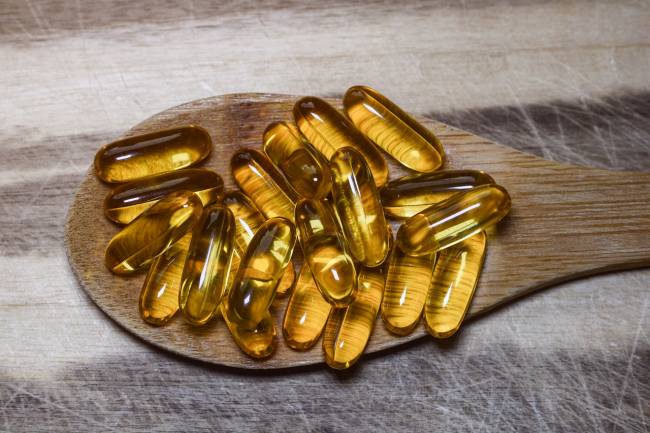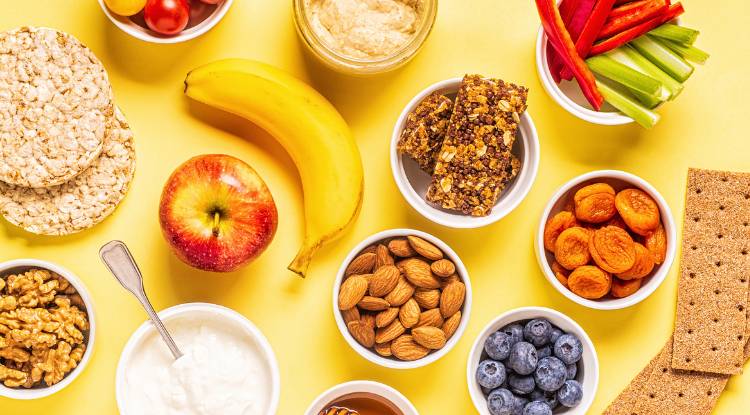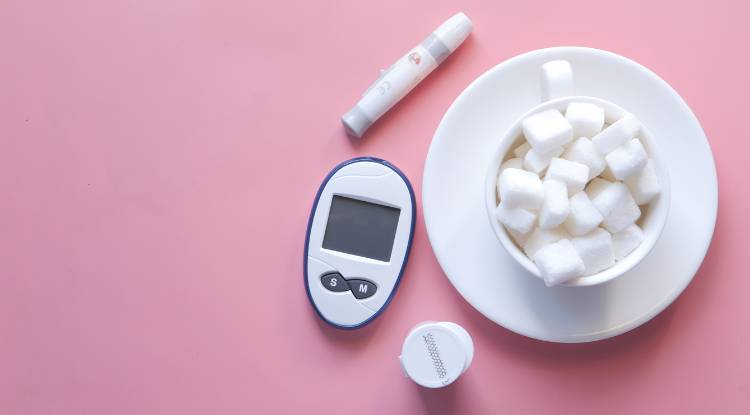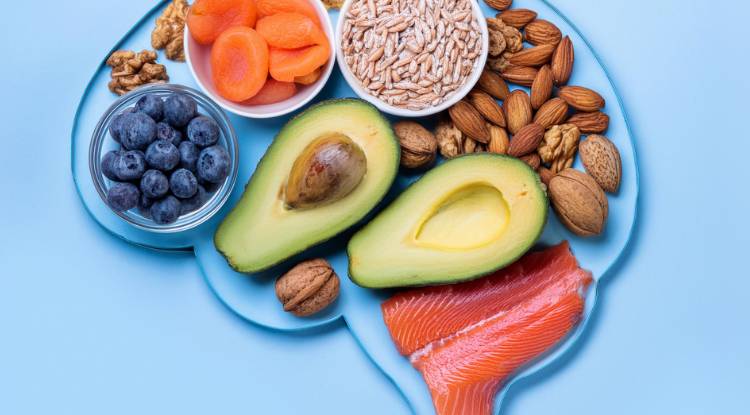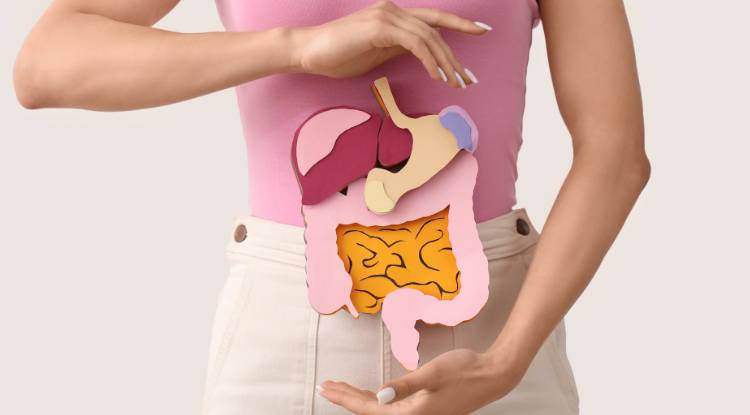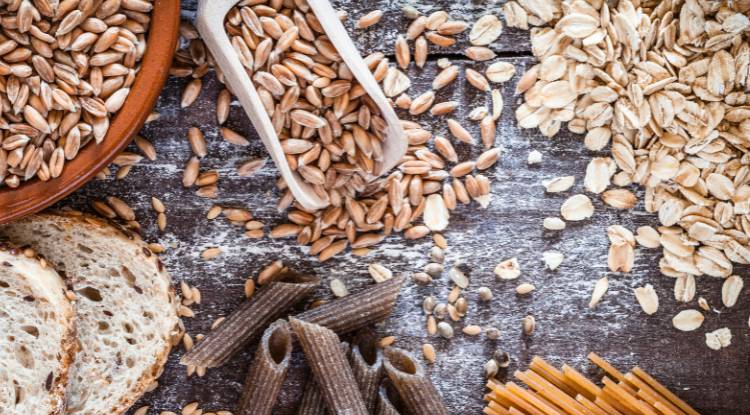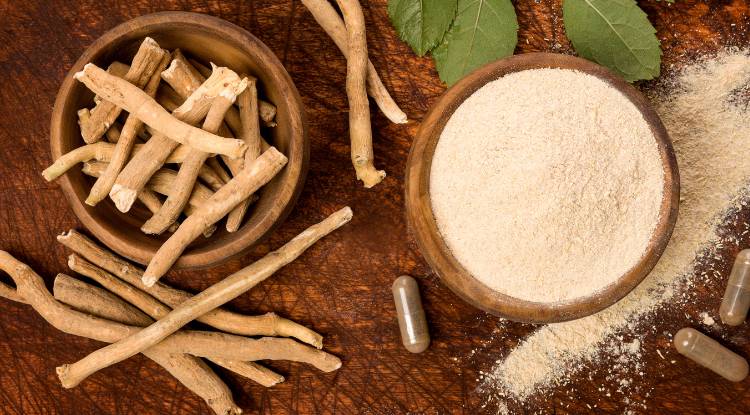Navigating Menopause: Nutrition and Lifestyle Strategies for a Healthier Transition

Menopause marks a significant phase in a woman’s life, signifying the end of her reproductive years. It is often characterised by a variety of physical, emotional, and hormonal changes that can affect many aspects of health and well-being.
While menopause is a natural biological process, the symptoms can be challenging and may last for several years, impacting quality of life. These symptoms can include hot flashes, mood swings, sleep disturbances, weight gain, and an increased risk of osteoporosis and heart disease. However, the right nutrition and lifestyle choices can help ease these symptoms, improve overall health, and support a smoother transition into post-menopause.
In this article, we will explore the key aspects of menopause, how nutrition and lifestyle changes can mitigate its effects, and provide actionable strategies for maintaining vitality and health during this transition.
Understanding Menopause
Menopause is defined as the point in time when a woman’s periods have stopped for 12 consecutive months. The average age for menopause is around 51, though it can occur anywhere between the ages of 45 and 55. The transition leading up to menopause is known as perimenopause, which can start several years before the last menstrual period and is often marked by irregular periods and a variety of symptoms due to fluctuating hormone levels, particularly oestrogen and progesterone.
Once menopause is reached, the body undergoes permanent changes as the production of oestrogen and progesterone decreases, leading to the cessation of menstrual cycles. This drop in hormone levels can result in a range of physical and emotional changes. Understanding these changes and how to manage them is crucial for maintaining long-term health and well-being.
Common Symptoms of Menopause
Menopause affects women differently, and while some experience mild symptoms, others may face more severe disruptions. Common symptoms include:
Hot Flashes: Sudden feelings of heat, often accompanied by sweating and redness, usually experienced during the day and night.
Night Sweats: Episodes of intense sweating during sleep, leading to disrupted rest and insomnia.
Sleep Disturbances: Difficulty falling or staying asleep due to hormonal changes or night sweats.
Mood Swings: Irritability, anxiety, and depression can be exacerbated by hormonal fluctuations.
Vaginal Dryness: Reduced oestrogen levels can lead to vaginal atrophy, causing dryness and discomfort.
Decreased Libido: A decrease in sex drive due to hormonal shifts, alongside physical discomfort such as vaginal dryness.
Weight Gain: Hormonal changes can contribute to changes in metabolism, often resulting in weight gain, particularly around the abdomen.
Osteoporosis: A decrease in bone density due to lower oestrogen levels, increasing the risk of fractures.
Cardiovascular Risk: Post-menopausal women have an increased risk of heart disease due to the drop in oestrogen, which previously helped protect the heart.
While menopause is a natural process, it’s important to recognise these symptoms and address them through nutrition, lifestyle changes, and, if necessary, medical support.
Nutrition Strategies for Menopause
During menopause, certain nutritional changes can help mitigate symptoms and improve overall health. A balanced, nutrient-rich diet supports hormonal balance, bone health, heart health, and emotional well-being. Here are some key nutrients and dietary strategies to consider:
Phytoestrogens for Hormonal Balance
Phytoestrogens are plant compounds that mimic oestrogen in the body. While they are not as potent as the oestrogen produced by the body, they may help alleviate some symptoms of menopause, such as hot flashes and night sweats in some. Incorporating phytoestrogen-rich foods into your diet may provide relief.
Best sources of phytoestrogens:
Soy: Tofu, tempeh, edamame, soy milk, and soybeans.
Flaxseeds: Ground flaxseeds are an excellent source of lignans, a type of phytoestrogen.
Chickpeas and Lentils: These legumes are rich in plant-based oestrogenic compounds.
Whole Grains: Oats, barley, and rye are also rich in phytoestrogens.
Sesame Seeds: A source of lignans and other beneficial compounds.
Including these foods in your meals regularly may offer gentle oestrogen-like effects that can help ease menopause symptoms. Research is mixed on the impact of phytoestrogens in menopause; some women notice symptom relief while others don’t. However, these foods are still highly nutritious, so including them regularly has overall benefits for health and wellbeing.
Calcium and Vitamin D for Bone Health
The decline in oestrogen levels during menopause increases the risk of osteoporosis, a condition in which bones become weak and brittle. Calcium and vitamin D are crucial for maintaining bone health and preventing fractures.
Calcium: Aim for at least 1,200 mg of calcium per day. Good dietary sources include dairy products (milk, yogurt, and cheese), fortified plant milks, leafy green vegetables (kale, broccoli, and bok choy), tofu set with calcium, almonds, and sardines with the bones.
Vitamin D: Vitamin D aids in calcium absorption and bone health. Sunlight is a primary source of vitamin D, but you can also find it in fortified foods such as milk, cereals, and plant-based milks, as well as fatty fish like salmon, mackerel, and sardines. If necessary, vitamin D supplements may be recommended.
Together, calcium and vitamin D can help support bone density and reduce the risk of fractures during menopause.
Protein for Strength and Satiety
Protein needs often increase in midlife to support muscle mass, bone strength, and overall metabolic health. Adequate protein also helps with satiety, making meals more satisfying and stabilising energy levels throughout the day.
Sources of protein:
Fish, poultry, and lean meats
Eggs
Dairy and soy products (e.g. yogurt, tofu, tempeh)
Beans, lentils, and chickpeas
Nuts and seeds
Making sure you have a protein source at each meal helps maintain strength, support metabolism, and reduce the risk of age-related muscle loss.
Healthy Fats for Heart Health
Oestrogen has a protective effect on the heart, but as oestrogen levels decline after menopause, the risk of cardiovascular diseases, such as heart disease, increases. Healthy fats, particularly omega-3 fatty acids, are important for heart health. These fats help lower inflammation, improve cholesterol levels, and support overall cardiovascular function.
Sources of healthy fats:
Fatty Fish: Salmon, mackerel, sardines, and trout are excellent sources of omega-3 fatty acids.
Flaxseeds and Chia Seeds: These plant-based sources of omega-3s can be easily incorporated into smoothies, salads, and baked goods.
Walnuts: A heart-healthy nut that provides omega-3 fatty acids.
Extra Virgin Olive Oil: Rich in monounsaturated fats, olive oil supports heart health and provides antioxidants.
Incorporating these healthy fats into your diet can help protect against the increased cardiovascular risks that come with menopause.
Fibre for Gut and Heart Health
Think of fibre as your gut’s team of little workers that sweep, clean, and feed the helpful bacteria that keep your digestive system running smoothly. During perimenopause and menopause, changes in oestrogen can affect the gut microbiome, sometimes leading to bloating, constipation, or other digestive complaints. A healthy gut matters, because the microbes living there (sometimes called the oestrobolome) can reactivate oestrogens and phytoestrogens so they can be reabsorbed and used by the body.
When gut health is disrupted (a state called dysbiosis), this recycling system weakens, which may worsen symptoms linked to low oestrogen.
Fibre supports a healthy microbiome by feeding beneficial bacteria, who in turn produce short-chain fatty acids that reduce inflammation and support metabolic health. Probiotic foods and fibre-rich diets together may also support cardiovascular health in postmenopausal women.
Importantly, soluble fibre (found in oats, beans, apples, flaxseeds, and barley) plays a special role in heart health. It binds to LDL cholesterol in the gut and helps remove it from the body. This is especially valuable after menopause, when LDL levels often rise as oestrogen’s protective effect declines.
Antioxidants for Skin and Mood Support
The decrease in oestrogen can also lead to changes in skin elasticity and moisture levels, as well as mood swings. Antioxidants, such as vitamins C and E, can help support skin health and reduce the oxidative stress that accelerates aging.
Additionally, B vitamins, magnesium, and omega-3 fatty acids support brain health, which is essential for managing mood changes.
Best sources of antioxidants:
Berries: Blueberries, strawberries, raspberries, and blackberries are packed with antioxidants.
Leafy Greens: Spinach, kale, and other dark leafy greens provide essential vitamins and minerals.
Nuts and Seeds: Almonds, walnuts, and sunflower seeds offer vitamin E, which helps with skin health.
Avocados: Rich in healthy fats and antioxidants, avocados are beneficial for the skin and brain.
Incorporating antioxidant-rich foods into your diet can support overall well-being during menopause.
Bringing It All Together: The Balanced Plate
A practical way to apply these principles is by building meals that cover your bases:
Protein: to maintain strength, satiety, and metabolic health
Complex carbohydrates: such as wholegrains, beans, or starchy veg, to provide fibre and steady energy
Healthy fats: like olive oil, oily fish, nuts, or seeds, to support heart and brain health
Colour: fruits and vegetables for antioxidants, vitamins, and phytonutrients
This simple framework of protein, complex carbs, healthy fats, and colour, creates meals that nourish your body, protect your heart, and support your gut, while still leaving plenty of space for foods you enjoy.
Lifestyle Strategies for Managing Menopause
In addition to nutrition, certain lifestyle strategies can help alleviate menopause symptoms and promote overall health:
Exercise Regularly
Exercise is one of the most effective ways to manage menopause symptoms. Regular physical activity helps:
Relieve stress and anxiety.
Maintain a healthy weight.
Improve sleep quality.
Reduce the risk of heart disease and osteoporosis.
Aim for at least 150 minutes of moderate-intensity exercise per week, which can include walking, swimming, cycling, or yoga. Strength training exercises are also crucial for maintaining muscle mass and bone density.
Practice Stress Management Techniques
Stress can exacerbate menopause symptoms, especially mood swings and sleep disturbances. Stress management techniques such as meditation, mindfulness, deep breathing exercises, and yoga can help manage stress levels and improve emotional well-being.
Prioritise Sleep
Quality sleep can be disrupted during menopause due to hot flashes and night sweats. To improve sleep:
Create a relaxing bedtime routine.
Keep the bedroom cool and dark.
Avoid caffeine and alcohol close to bedtime.
Practice relaxation techniques before bed, such as reading or deep breathing.
Stay Hydrated
Dehydration can worsen some menopause symptoms, such as dry skin and fatigue. Drinking enough water throughout the day is essential for overall health and can help alleviate these issues.
Final Thoughts
Menopause is a natural transition that marks the end of a woman’s reproductive years, but the symptoms and physical changes that accompany it don’t have to be overwhelming. With the right nutrition, exercise, and lifestyle strategies, it is possible to navigate this phase of life with confidence and vitality. Focus on nourishing your body with the right foods, maintaining an active lifestyle, managing stress, and getting adequate sleep. By embracing these habits, you can reduce the impact of menopause symptoms and foster long-term health and well-being.
Sources:
https://www.mdpi.com/2072-6643/16/1/27
https://pmc.ncbi.nlm.nih.gov/articles/PMC8308420/
https://www.bda.uk.com/resource/menopause-diet.html
https://www.ncbi.nlm.nih.gov/books/NBK507826/

 Funmi Akinola (Msc, Anutr)
Funmi Akinola (Msc, Anutr) 


